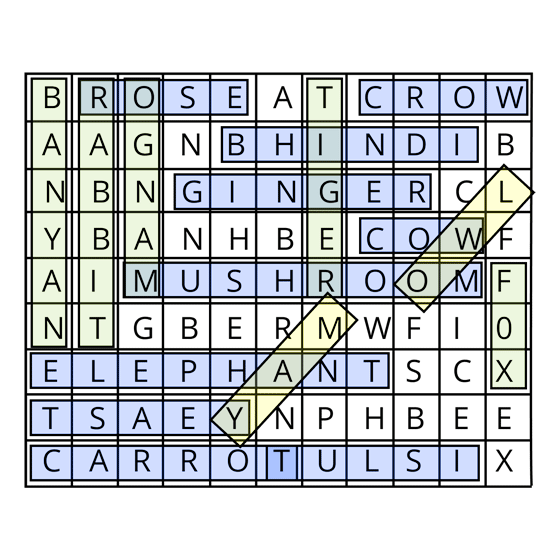Class 7 Science NCERT Exemplar Solutions Chapter 1 Nutrition in Plants
FAQs on NCERT Exemplar for Class 7 Science Solutions Chapter 1 Nutrition in Plants
1. What are the types of Nutrition?
There are mainly two modes of Nutrition in Plants namely autotrophic and heterotrophic. We know that plants are also called autotrophs because they make their food. This is done by the pants by the process of photosynthesis. This is called the autotrophic mode of Nutrition and this occurs in all green plants. In heterotrophic Nutrition, organisms take food from other organisms as they cannot create their food. For example, animals and non-green plants (fungi) do not make their own food and are thus called heterotrophs. They are instead the consumers when the plants are producers.
2. What is the site of photosynthesis?
Photosynthesis occurs mainly by the absorption of sunlight or solar energy by chlorophyll present on the leaves of the plants. This process carries out the conversion of light energy to chemical energy, splitting the water molecule into hydrogen and oxygen separately. This conversion or reduction of carbon dioxide forms carbohydrates (glucose). The process of photosynthesis thus occurs in the leaves of plants due to the presence of chlorophyll which captures the energy of sunlight that is used by the plants to produce food.
3. How do parasites get their food?
The parasites have their mode of Nutrition; they depend on other plants or other organisms for their survival and Nutrition. They undergo many physiological and external changes to adapt to this mode of Nutrition. The parasites depend on ‘hosts’ whose nutrients are taken by the parasite. In parasitic plants, the plant climbs on the host plant and takes their food. In this relationship, the parasite doesn’t benefit the host in any way. Examples of parasitic plants are Cuscuta and Cassytha. In animals, the parasites are either inside the body of the host (endoparasite) or outside (ectoparasite). They are hookworms, tapeworms, and leeches. They can cause disruptions in the host’s body and hinder the proper functioning of the host leading to diseases.
4. In what way nutrients are replenished in the soil?
Plants take the raw materials from soil and sunlight to synthesize their food. They continuously take nutrients from the soil as a result the number of nutrients in the soil decreases. But it is always restored by the various natural processes that occur in nature. Nutrients can be replenished by adding fertilizers and manures that aren’t harmful to the plants or soil. The carbon cycle also leads all the nutrients back to the soil for plants to reuse to make food. There are leguminous plants like peas, pulses, etc. which also help in the replenishment of soil. In addition, the bacterium Rhizobium takes atmospheric nitrogen and converts them into a soluble form making nutrients available for plants. This type of relationship that occurs between plants and bacteria is called symbiosis.
5. Can I clear my doubts on Vedantu?
Yes, you can clear all your subject-related doubts on Vedantu platforms. NCERT solutions have also been given with explanations by expert tutors. They will guide you with subject-related matters and clear your doubts. All you have to do is log in or sign up to Vedantu and start asking your doubts to our subject experts who will guide you through everything. This is free of cost making learning easier for all of you.


























